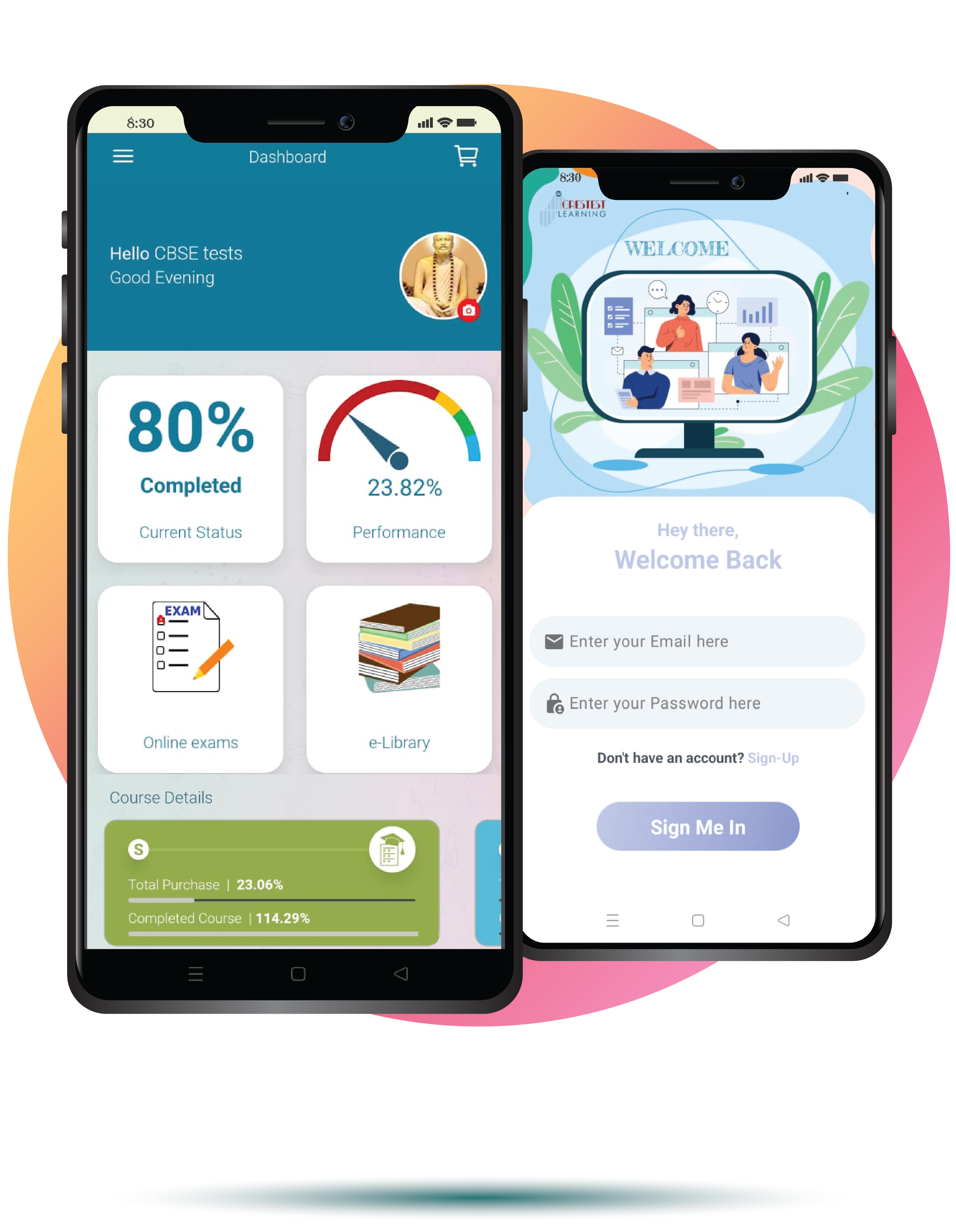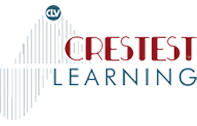Endocrine System –
Two types of glands- exocrine, endocrine (basic concept and difference
Hormone (definition).
Hormonal glands - (thyroid, adrenal, pancreas, pituitary); location and function of each.
Following points to be studied in tabular form: name of gland, location in body, secretion, function.
Adolescence and accompanying changes
Physical and emotional changes in the body during adolescence.
Importance of personal hygiene.
Stress management (meaning of stress; ways to tackle stress: yoga, meditation, time management, sports, hobbies, rational thinking etc.)
Circulatory System
Internal structure of heart in detail (including valves, septum; pace maker).
Schematic diagram of the heart;
Blood vessels - aorta, pulmonary trunk, coronary artery & vein, vena cava.
Circulation of blood as double circulation.
Blood Groups (A, B, AB and O): universal donor and universal acceptor.
Conditions related to the functioning of the heart: palpitations, cardiac arrest and hyper tension.
Introduction of lymphatic system as a parallel circulatory system.
Nervous System
Types of nerves: sensory, motor, mixed (function only). Cranial and spinal nerves (only definition and number).
Structure of a motor neuron
Central nervous system (CNS) in detail with its parts and their functions.
Reflex action: definition and basic terms used to describe reflex action stimulus, response, impulse, receptor, effector); common examples of reflex action.
Scope : Understanding the human body- Endocrine, Circulatory and Nervous Systems
























